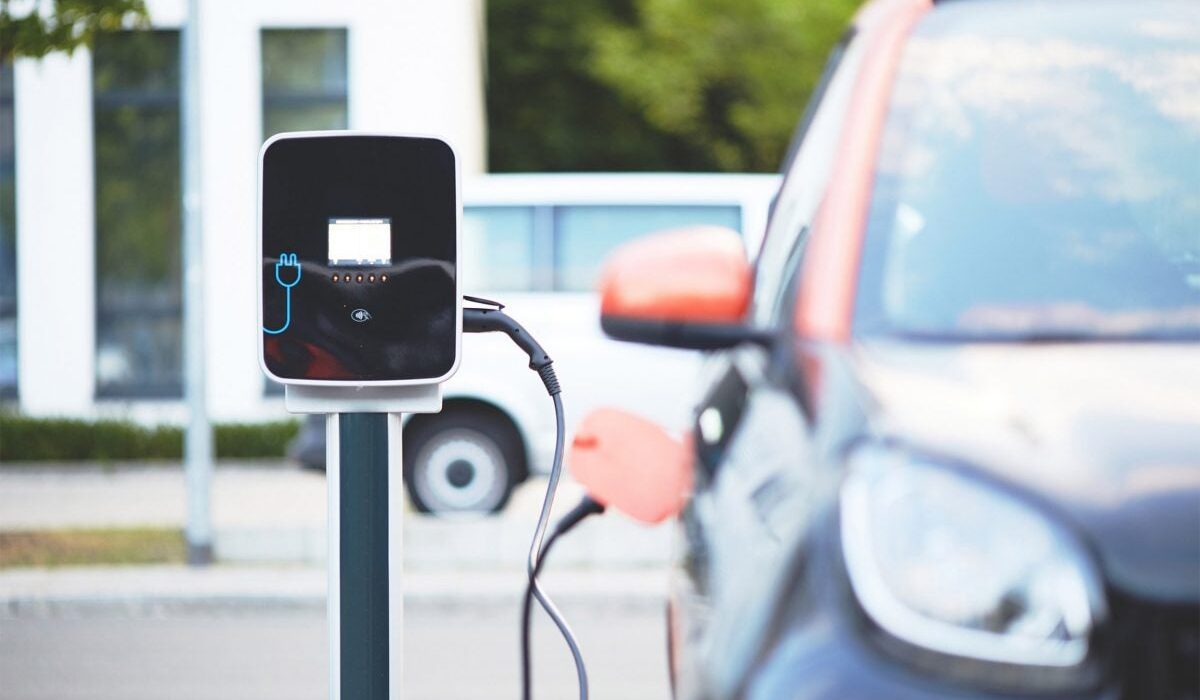Electric car technology has expanded mainly due to the development of different types of vehicles, for example, Fuel-cell electric cars, plug-in hybrid cars, hybrid electric cars, and all-battery electric cars. All these cars use electromagnetism to combust the car so it can move.
They use batteries instead of petrol and electric motors to start the engine. Electric motors are powered by the electricity stored in the batteries. When the charge is too low, the battery is unplugged and charged. They can easily be charged at home or by installing the charging system in the EV car. Hence, the vehicles are economical since one need not go to the petrol station. They are also environmentally friendly, with no emission of harmful gases.
Most vehicles have regenerative brakes. Some cars switch off the engine and can charge the battery when brazing. This technology ensures that the electric motor is powered without plugging it in to be charged.
The vehicles can be controlled in terms of the temperatures. Individuals can place proper conditions on the temperature of the car. For example, when charging should start and stop and the percentage charge required for it to ignite the engine. This helps to heat the seats and steering wheel. Drivers use the telematics platform to measure the energy consumption of the car. It is expressed in kilowatts over a certain period. The vehicles display their efficiency physically on the dashboard.
With electric motors, vehicles appear to be quicker and lighter. They can quickly accelerate on any road. The motor provides instant torque, thus providing a great driving experience for the owners. They can encourage their friends to buy these vehicles since they have excellent experience with the technology.
Electronic vehicles are meant to make life cheaper. People can charge the batteries and have safe drives. More technology will be used to make cars more durable and practical.

